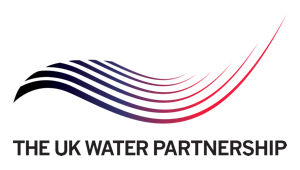How can catchment management strategies be developed and implemented successfully?
The challenge
Management of diffuse pollution at a catchment level raises complex technical, economic and social issues, and without the support of stakeholders (including water companies, regulators, farmers, local authorities, industry, and residents) it is unlikely that any catchment management strategy will succeed.

 The Water Security Knowledge Exchange Portal supports the objectives of the
The Water Security Knowledge Exchange Portal supports the objectives of the 